- Pine Cliff Resort
- Campgrounds & RV Parks
- Arizona
- Greenlee County
- Duncan
- Campgrounds & RV Parks in Arizona 75
- US Forest Services Ranger Station
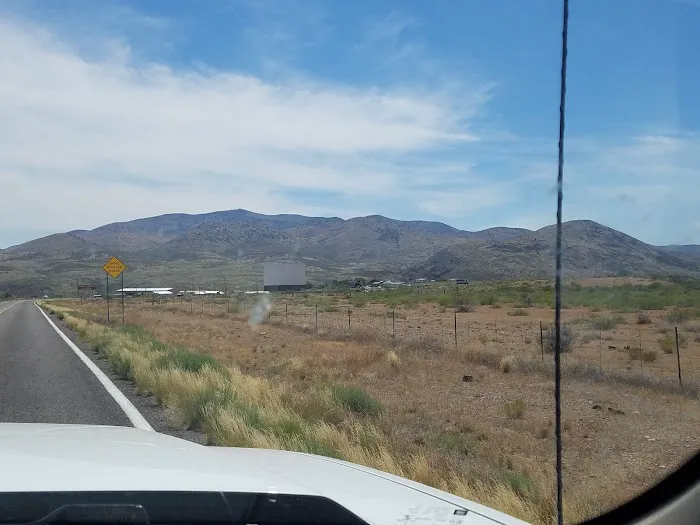
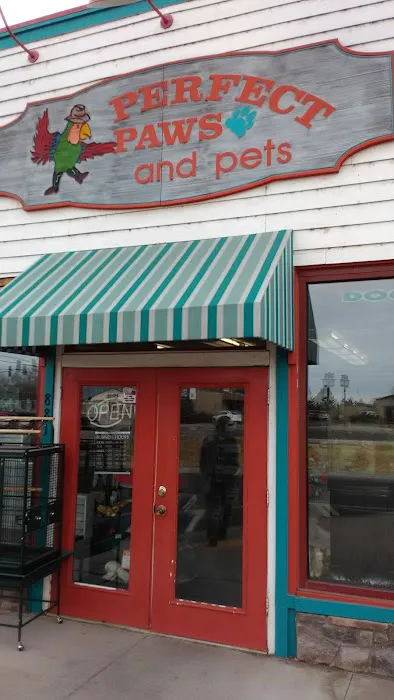
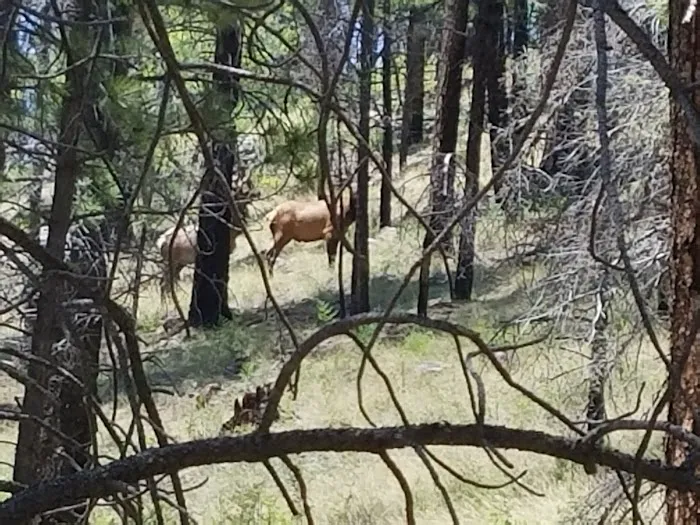

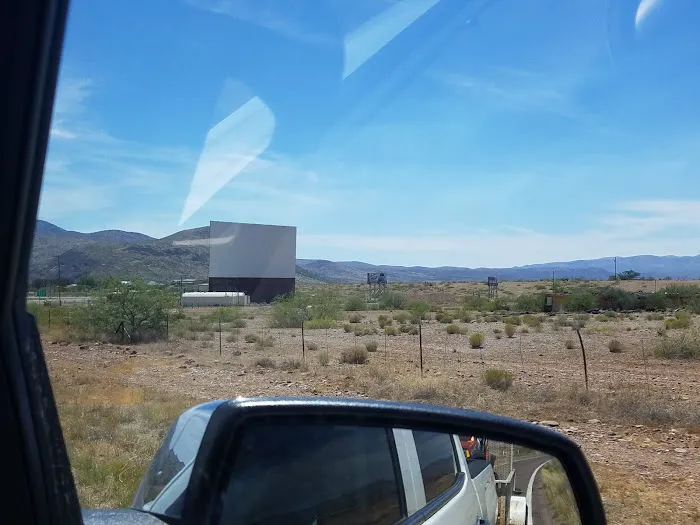

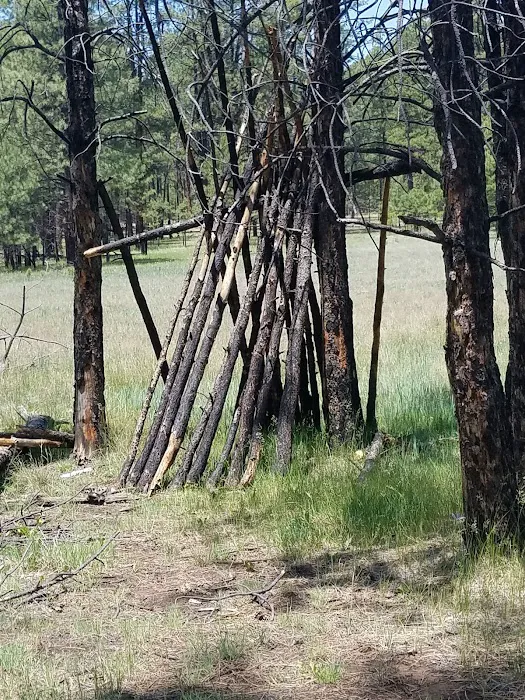

US Forest Services Ranger Station Introduce
Within the extensive landscape of outdoor recreation, the "US Forest Service Ranger Station" does not refer to a single campground, but rather to the localized administrative and operational offices of the United States Forest Service. These stations are the vital nerve centers of the National Forests and Grasslands, serving as indispensable resources for anyone interested in camping, hiking, fishing, or any other form of outdoor activity within these federally managed lands. Under the broad category of Campgrounds & RV Parks, a Ranger Station's role is to provide essential information, permits, and guidance that enable visitors to safely and responsibly enjoy the vast array of camping opportunities, from developed campgrounds to dispersed backcountry sites.
Each US Forest Service Ranger Station oversees a specific Ranger District, which is a subdivision of a larger National Forest. Consequently, the "environment" associated with a Ranger Station is as diverse as the American landscape itself. For instance, a Ranger Station in the Pacific Northwest might be responsible for lush temperate rainforests, towering old-growth trees, and rugged mountain ranges, while a station in the Southwest could manage arid desert ecosystems, unique rock formations, and high-elevation pine forests. In the Southeast, a Ranger Station might oversee sprawling deciduous forests, cypress swamps, and vast river systems.
Regardless of their specific geographic location, all Ranger Stations are committed to the stewardship of these natural environments. Their work includes:
- Forest Health: Managing timber, preventing and fighting wildfires, and combating invasive species to maintain ecological balance.
- Water Quality: Protecting watersheds and ensuring clean water resources for both human use and wildlife.
- Wildlife Habitat: Conserving and managing habitats for diverse flora and fauna, including endangered species.
- Recreational Infrastructure: Maintaining trails, campgrounds, and scenic byways that allow public access while minimizing environmental impact.
The areas managed by Ranger Stations often feature a spectrum of natural settings: from high-altitude alpine zones to low-lying river valleys, and from dense woodlands to open grasslands. This inherent environmental diversity means that visitors can find a vast array of outdoor experiences, each with its unique climate, vegetation, and wildlife.
While a Ranger Station itself is not a place to set up your tent or park your RV, it is the crucial first stop for anyone planning a camping trip within a National Forest. These offices provide invaluable services that fall directly under the Campgrounds & RV Parks category, ensuring visitors have the necessary information and permissions for their stay:
- Information and Maps: Ranger Stations are the primary source for detailed maps of the National Forest, including topographic maps, recreation maps, and motor vehicle use maps (MVUMs) that show designated roads and trails. They provide up-to-date information on road conditions, trail closures, and points of interest.
- Permits and Passes: Many activities within National Forests require permits. Ranger Stations issue various permits, including:
- Campfire Permits: Often required for building campfires outside of developed campgrounds, especially during dry seasons.
- Wilderness Permits: Necessary for overnight stays in designated wilderness areas to manage visitor impact.
- Special Use Permits: For group events, commercial activities, or specific forest product collection (e.g., firewood).
- Recreation Passes: Information and sales of interagency passes (e.g., America the Beautiful Pass) which provide access to federal lands and may offer discounts on camping fees.
- Camping Information: Ranger Stations provide comprehensive details about campgrounds within their district. This includes:
- Developed Campgrounds: Information on amenities (e.g., picnic tables, fire rings, vault or flush toilets, water availability), number of sites, fees (which typically range from free to $30 per night), and whether sites are reservable via Recreation.gov or operate on a first-come, first-served basis.
- Dispersed Camping: Guidance on where dispersed (free, primitive) camping is permitted, rules for minimum distances from water sources or roads, and Leave No Trace principles.
- RV Information: Advice on accessibility for different RV sizes, availability of dump stations (though rarely at the campgrounds themselves), and areas suitable for boondocking.
- Current Conditions and Alerts: Ranger Stations are the most reliable source for real-time information on fire restrictions, weather alerts, flood warnings, and any other conditions that might impact visitor safety or enjoyment. Checking with the local Ranger Station is highly recommended before embarking on any trip.
- Safety Guidance: Staff provide critical safety information, including tips for bear country, water safety, and general outdoor preparedness. They can also offer advice on what to do in case of an emergency and local emergency contact numbers.
- Visitor Services: Many stations have public restrooms, interpretive displays about the local ecosystem, and small gift shops with educational materials.
- Lost and Found/Emergency Contact: In some instances, Ranger Stations can serve as a contact point for lost and found items or for emergencies within their district.
The "features" of a US Forest Service Ranger Station are not attractions in themselves, but rather the essential tools and knowledge they provide to unlock the full potential of the National Forest's recreational features:
- Access to Trailheads: Ranger Stations offer information and maps for countless miles of hiking, biking, and equestrian trails, ranging from easy day hikes to challenging multi-day backpacking routes through wilderness areas.
- Fishing and Hunting Access: They provide details on fishing regulations, popular fishing spots in local lakes and rivers, and information regarding hunting seasons and permits.
- Wildlife Viewing Opportunities: Staff can direct visitors to prime locations for wildlife viewing and provide tips on responsible wildlife observation.
- Scenic Byways and Drives: Many National Forests feature scenic byways. Ranger Stations can offer brochures and guidance on these routes, highlighting viewpoints and points of interest.
- Educational Programs: Some Ranger Stations or associated visitor centers may offer ranger-led programs, interpretive talks, or educational materials about the forest's ecology, history, and management.
- Volunteer Opportunities: Ranger Stations often coordinate volunteer programs for trail maintenance, campground hosting, or citizen science, allowing visitors to give back to the forests they enjoy.
- Dispersed Recreation Opportunities: They are the go-to source for understanding where and how to safely engage in dispersed activities like rock climbing, photography, or simply finding a quiet spot for picnicking away from developed areas.
The "promotional information" for a US Forest Service Ranger Station isn't about selling specific goods or services, but rather about promoting responsible recreation and fostering a connection between the public and their National Forests. The overarching message is to "Know Before You Go" and to "Leave No Trace."
- Official Websites: Each National Forest and its Ranger Districts have dedicated sections on the USDA Forest Service website (fs.usda.gov) where visitors can find general information, alerts, and contact details. This is the first place to check for planning a trip.
- Recreation.gov: For reserving campsites at many developed National Forest campgrounds, Recreation.gov is the centralized platform. While not directly managed by a Ranger Station, Ranger Stations can guide visitors on how to use this service.
- Visitor Contact: The most effective "promotion" for a Ranger Station is direct contact. Calling or visiting the station in person ensures you receive the most accurate, up-to-date, and localized information. Office hours are typically Monday-Friday, 8:00 a.m. - 4:30 p.m., but it's always wise to call ahead to confirm, as staffing levels can affect hours.
- Social Media and Local Alerts: Some Ranger Districts may use local social media channels or post physical alerts at trailheads and campground entrances to disseminate important information.
- "Pack It In, Pack It Out": A core message promoted by Ranger Stations is to minimize impact, especially in dispersed camping areas where no trash services are provided.
- Respect Fire Restrictions: This is a critical safety message consistently reinforced by Ranger Stations, especially in drought-prone areas. Violations can lead to severe penalties and devastating wildfires.
In essence, a US Forest Service Ranger Station is not a destination in itself within the Campgrounds & RV Parks category, but rather the indispensable navigator for experiencing the vast and varied camping and outdoor recreational opportunities within the National Forests. By providing essential information, permits, and guidance, they ensure that visitors can enjoy these natural treasures safely, responsibly, and to their fullest potential.
Details
Accessibility
- Wheelchair accessible entrance
Children
- Good for kids
Parking
- On-site parking
Location
ArizonaGreenlee CountyDuncanArizona 75
Customer Reviews
Friendly
More Places to Explore Nearby
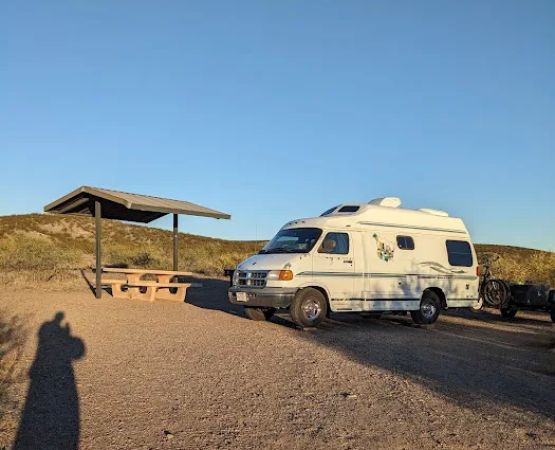
Owl Creek Campground
XM8R+GW, Clifton, AZ 85533, USA

Black Jack Campground
AZ-78, Clifton, AZ 85533, USA
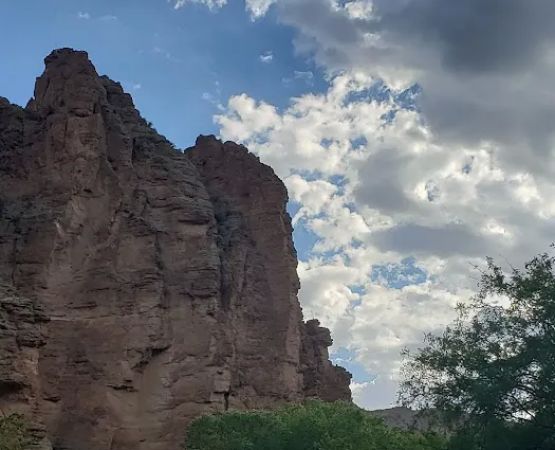
Coal Creek Campground
Clifton, AZ 85533, USA
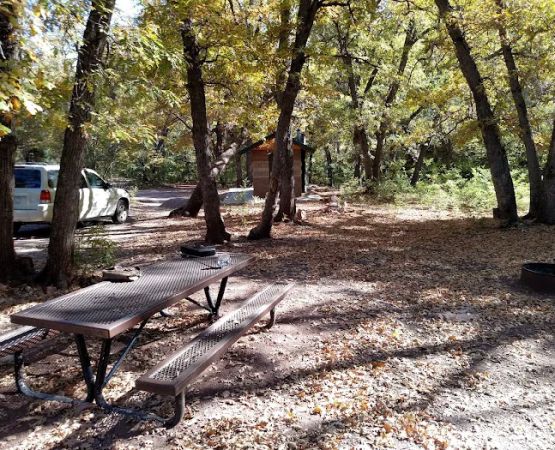
Granville Campground
Clifton, AZ 85533, USA
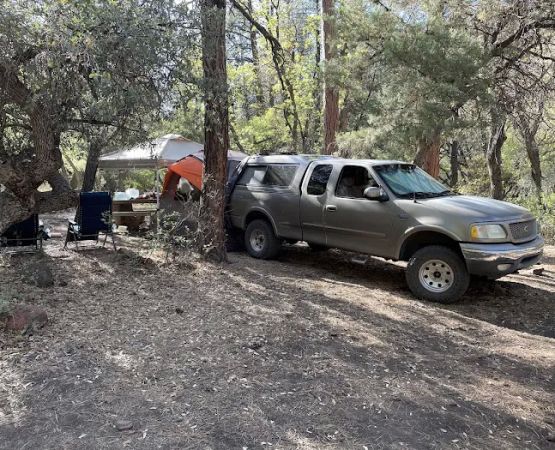
Lower Juan Miller Campground
Clifton, AZ 85533, USA
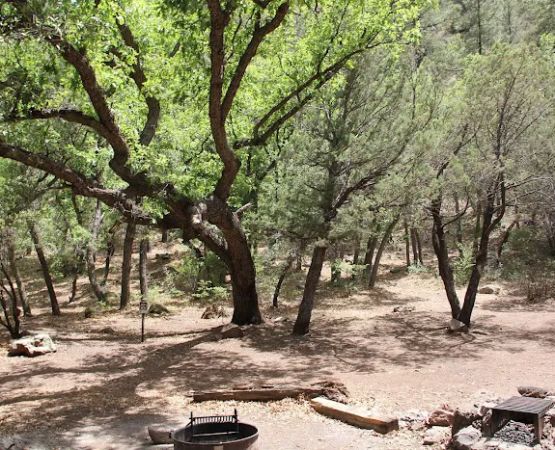
Upper Juan Miller Campground
Juan Miller Rd, Clifton, AZ 85533, USA
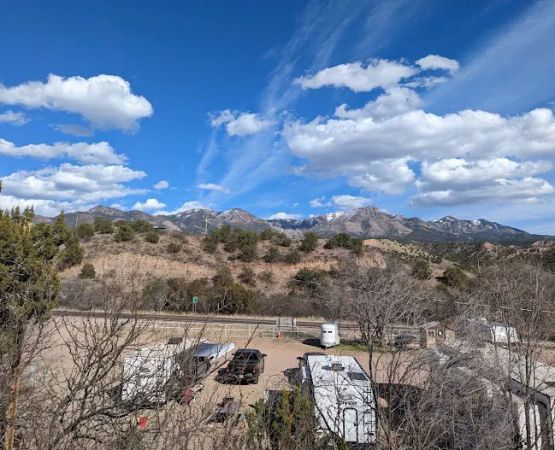
Glenwood RV Park
US-180, Glenwood, NM 88039, USA
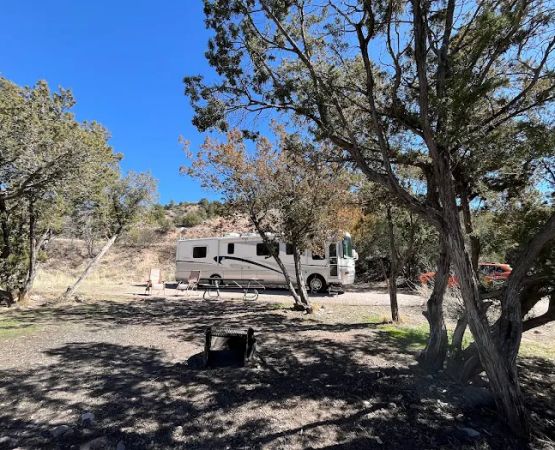
Bighorn Campground
US-180, Glenwood, NM 88039, USA
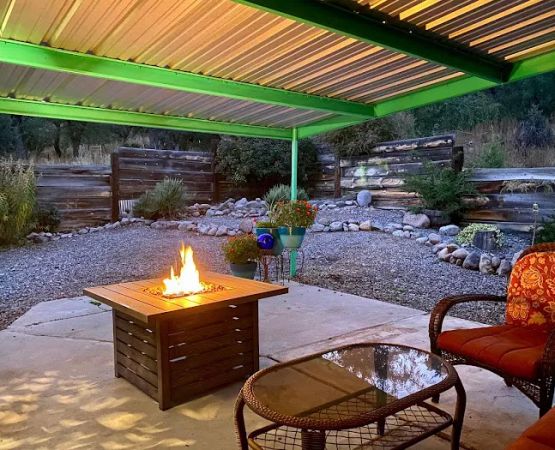
Double T Catwalk Resort
77 Cat Walk Rd, Glenwood, NM 88039, USA
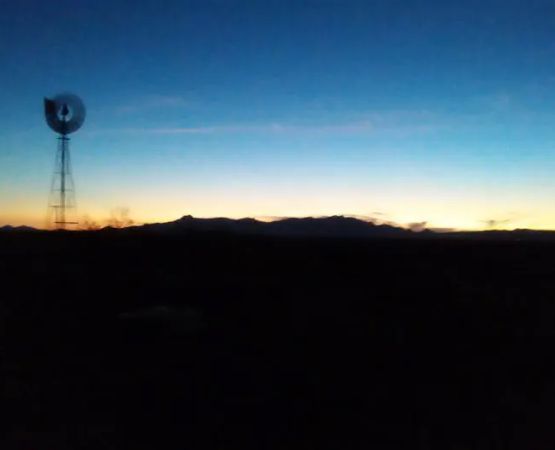
Outlaw R.V.
Cat Walk Rd, Glenwood, NM 88039, USA
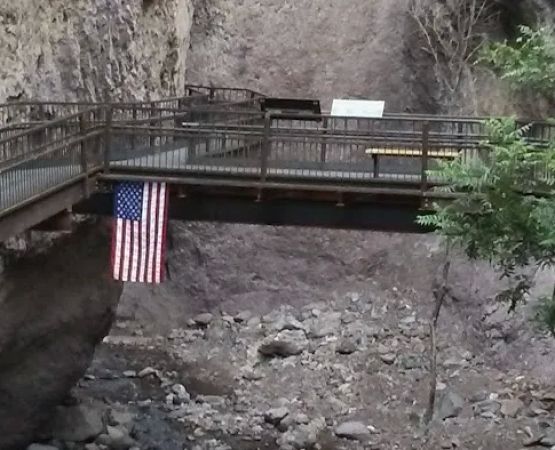
Whitewater Picnic Area (recgovnpsdata)
Glenwood, NM 88039, USA

Honeymoon Campground
Clifton, AZ 85533, USA
Categories
Popular Campgrounds & RV Parks
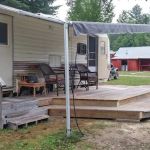 Silver Lake Campground and Lodge4.0 (34 reviews)
Silver Lake Campground and Lodge4.0 (34 reviews)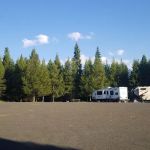 Coalmine Hill Campground4.0 (19 reviews)
Coalmine Hill Campground4.0 (19 reviews)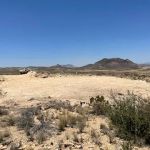 Versace Ranch0.0 (0 reviews)
Versace Ranch0.0 (0 reviews)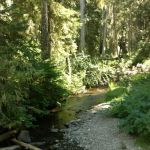 White Pass Horse Camp4.0 (14 reviews)
White Pass Horse Camp4.0 (14 reviews)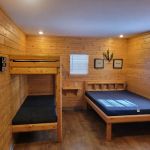 Lynchburg / Blue Ridge Parkway KOA Holiday4.0 (388 reviews)
Lynchburg / Blue Ridge Parkway KOA Holiday4.0 (388 reviews) SpringHill Suites Palm Desert3.0 (314 reviews)
SpringHill Suites Palm Desert3.0 (314 reviews)Must-Read Camping & Outdoor Blog Posts
Most Searched Japanese Restaurant Sites
Trending Camping & Outdoor Blog Posts
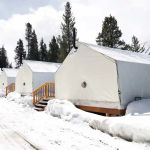 Winter Glamping Retreats in the U.S. You Didn’t Know About
Winter Glamping Retreats in the U.S. You Didn’t Know About Best Family-Friendly Campgrounds with Playgrounds and Kids’ Activities
Best Family-Friendly Campgrounds with Playgrounds and Kids’ Activities Top Family-Friendly Resorts Near Outdoor Adventure Destinations
Top Family-Friendly Resorts Near Outdoor Adventure Destinations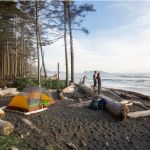 Top-Rated Campgrounds for Exploring National Forests
Top-Rated Campgrounds for Exploring National Forests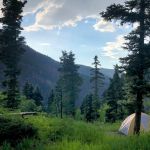 Top-Rated Camping Spots Near Scenic Trails: Explore the Best Outdoor Getaways
Top-Rated Camping Spots Near Scenic Trails: Explore the Best Outdoor Getaways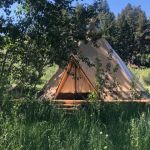 Affordable Luxury Camping Experiences at Top Resorts
Affordable Luxury Camping Experiences at Top Resorts 